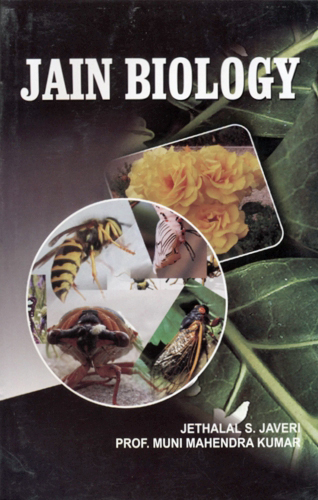The animal kingdom is divided into ten major groups called phyla (sing.—phylum). One of these groups is of CHORDATES and the remaining ones are NON-CHORDATES.
The group CHORDATA is considered as a phylum and is divided into four sub-phyla, of which only in one group, the notochord (a stiff rod of cells below the tubular nerve and above the alimentary canal distinguishing Chordates and Non-chordates) gets replaced by the development of a vertebral column or back bone (e.g. mammals, birds, fish, frogs and reptiles) and they are classified as VERTEBRATA. The others are considered as lower chordates or protochordates. Thus INVERTEBRATES include all non-chordata and lower chordates.
Some of the main characteristics of Vertebrata are:
Possession of back bone formed of a chain of vertebrae; presence of a skull (cranium) enclosing the brain; possession of brain and spinal cord; presence of red blood cells with haemoglobin; presence of lungs or gills for respiration; sexes are always separate.
A more up-to-date and convenient method of classifying the animal kingdom is to divide it into:[1]
- Sub-kingdom: Protozoa organisms with a body which is not divided into cells; they are ACELLULAR
- Sub-kingdom: metazoa organisms with a body sub-divided into number of cells; they are multicellular.
 Jethalal S. Zaveri
Jethalal S. Zaveri
 Prof. Muni Mahendra Kumar
Prof. Muni Mahendra Kumar

